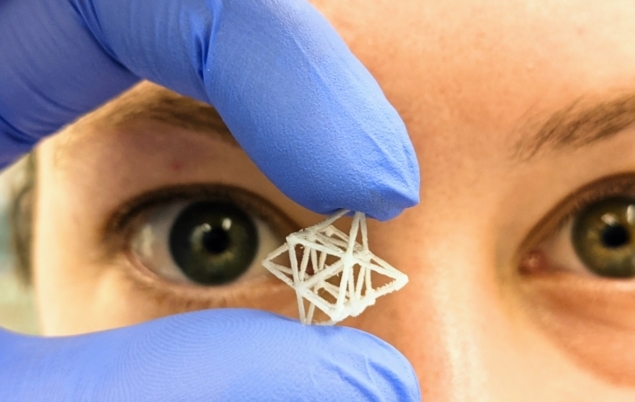Researchers in fields such as tissue engineering and biomedical device development are increasingly harnessing the countless applications that 3D printing of bioscaffolds has unlocked. However, most common 3D printing techniques use highly specific materials that require careful chemical tuning to be rendered functional for practical use.
.
For instance, light-based techniques such as stereolithography or digital processing can create fantastic structures, but require specialized light-activated materials to operate. Extrusion printing is much more versatile in terms of the classes of materials that it can work with. However, the achievable structural complexity can be limited by the technique’s nozzle-based, layer-by-layer deposition process. To overcome these limitations, a group of engineers and biomedical scientists in Australia has developed a new technique, termed “negative embodied sacrificial template 3D”, or NEST3D, printing. The researchers describe their approach in Advanced Materials Technologies . The researchers (from left to right): Carmine Onofrillo, Stephanie Doyle, Cathal O’Connell and Serena Duchi. (Courtesy: Cathal O’Connell) A stand-out technique The unique feature of this new 3D printing technique is that instead of making the bioscaffold directly, the researchers 3D print moulds with predefined, highly […]
Case Study: How PepsiCo achieved 96% cost savings on tooling with 3D Printing Technology
Above: PepsiCo food, snack, and beverage product line-up/Source: PepsiCo PepsiCo turned to tooling with 3D printing...






























0 Comments